Top tablet
Samsung Galaxy Tab S7
From $630 at Amazon From $650 at Best Buy From $650 at B&H
Pros
- Great looking 120Hz display
- Very fast and responsive performance
- Fast 45W charging for the large battery
- Expandable storage
- S Pen is included
- Three years of software updates
Cons
- Display isn't OLED
- A bit on the expensive side
- DeX is hit or miss
The Samsung Galaxy Tab S7 is a fully-featured tablet that can handle almost anything you throw at it. With a Snapdragon 865+ powering it and a base level of 6GB RAM, everything you do on the Galaxy Tab S7 is silky smooth, especially with the 120HZ display. While this tablet is on the pricey side, it can be a full-fledged workhorse due to its hardware.
Perfectly fine
Lenovo Tab P11 Pro
Pros
- Beautiful OLED display with Dolby Vision
- Lenovo Precision Pen support
- Large 8,600mAh battery
- Good build quality for the price
Cons
- Display refresh rate not high
- Pen is not included
- RAM maxes out at 6GB
- No expandable storage
- Unclear software update schedule
The Lenovo P11 Pro is a well-built tablet that comes with some nice features. The large OLED display offers great colors, and the Lenovo Precision Pen support is a good addition. The tablet can be helpful for work and fun, but it would be nice to have included the pen and a minimum of 6GB RAM at this price.
Samsung and Lenovo are two of the largest tech companies in the world, so what happens when we put two of their newest tablets against each other in the Lenovo Tab P11 Pro or Samsung Galaxy Tab S7 debate? Samsung has been making some of the best Android tablets around for years now, and Lenovo is trying to cut into that dominance. Is what the P11 Pro offers enough though to help Lenovo take the tablet crown from Samsung?
Lenovo Tab P11 Pro vs. Samsung Galaxy Tab S7: It's what's inside that matters
Both of these tablets have good looking displays on the surface, each with its own set of benefits. Each device is built from high-quality aluminum for a premium feel, and though both offer similar software and hardware features like Dolby Atmos, it's more than just the price that separates them. It boils down to how long you plan to keep the device and what's on the inside of these tablets.
| Samsung Galaxy Tab S7 | Lenovo Tab P11 Pro | |
|---|---|---|
| Demensions | 6.51" x 9.99" x 0.25" | 6.74" x 10.4" x 0.22" |
| Display | 11.0" WQXGA (2560 x 1600) LCD, 120Hz | 11.5" WQXGA (2560 x 1600) OLED, 60Hz |
| Processor | Qualcomm Snapdragon 865+ | Qualcomm Snapdragon 730G |
| Memory | 6/8GB RAM | 4/6GB RAM |
| Storage | 128/256/512GB | 128GB |
| Expandable Storage | ✔ | ❌ |
| OS | Android 10 | Android 10 |
| Colors | Mystic Bronze, Mystic Black, Mystic Silver | Slate Grey |
| Weight | 1.1 lbs | 1.06lbs |
| Battery | 8,000 mAh, up to 15 hours | 8,600mAh, up to 15 hours |
| Front Camera | 8.0 MP | 8MP + 8MP |
| Rear Camera | 13.0 MP auto focus and flash + 5.0 MP | 13MP autofocus + 5MP |
As you can see in the table above, both the P11 Pro and Galaxy Tab S7 are about the same physical size and have similar screen sizes. It is nice that Lenovo went with the OLED screen for more vibrant colors and deeper blacks, although it opted to stay with a lower 60Hz refresh rate for the display. While the Samsung Galaxy Tab S7 uses a more traditional LCD panel, it's still vibrant, but it may lack the deeper blacks that the OLED will possess.
The Galaxy Tab S7 screen's main benefit is that it is capable of a much higher 120Hz refresh rate. This means all of your interactions with the display will be much smoother and fluid than it would be in a 60Hz screen. Aside from that benefit, this faster refresh rate means that when using the included S Pen, the Galaxy Tab S7 will have a much more natural feel when writing on the screen than the P11 Pro. While the Lenovo tablet does support its Precision Pen, it won't be as responsive and you'll have to pay for it separately.
Diving deeper beneath the surface, we really start to see the separation. Each of these tablets start off with 128GB of internal storage, and that's, unfortunately, where it stays for the P11 Pro. You can increase the RAM from 4GB to 6GB — for a price, of course — but you can't get more storage or RAM. On the other hand, the base Galaxy Tab S7 matches Lenovo's built-in storage but does bump the RAM to 6GB and offers expandable storage with a microSD card. There is the option for 8GB RAM and 256 or 512GB internal storage for the Samsung tablet as well.
In terms of processing power, both of these tablets have a Qualcomm Snapdragon chip, with Lenovo going for the 730G and Samsung choosing the 865+. Yes, that is where part of the additional cost for the Samsung tablet is found, but it is also where the increased performance is too — that and the extra RAM. The Galaxy Tab S7 flies and has no problems with any task thrown at it. The Snapdragon 865+ handles everything from graphic design to watching movies and playing games with ease.
This isn't saying that the P11 Pro is a slouch. It does an admirable job with most tasks. It's not going to hold you back from streaming videos or tackling the onslaught of emails, but it may struggle with heavy gaming or some multi-tasking. The other benefit to the Galaxy Tab S7's higher RAM and beefier processor is what it can offer with Samsung's DeX, which lets you connect your Galaxy Tab S7 to a monitor, keyboard, and mouse, turning it into a pseudo desktop computer. This can be a helpful tool, albeit sometimes a bit buggy.
Both the Lenovo P11 Pro and Samsung Galaxy Tab S7 launch with Android 10. However, Samsung has committed to offering three years of software updates to its tablet. The software update cycle for Lenovo devices is a bit more unclear. While the P11 Pro may get a few updates — both in security and with the OS — how many and how frequent is not a guarantee. This is important for maintaining the longevity of these pricey devices.
Lenovo Tab P11 Pro vs. Samsung Galaxy Tab S7: Which should you buy?
Each of these tablets can be useful as portable computing devices. Though the Galaxy Tab S7 base model is more expensive than the top-end P11 Pro, some tangible benefits come with the increased cost. You get a better processor, expandable storage, an excellent stylus in the box, faster 45W charging, and a higher 120Hz refresh rate on the display.
While neither of these devices offers a case when in the box, there are lots of case options out there, including keyboard cases. In the end, you can save a few dollars by getting the Lenovo P11 Pro, and it can do a fine job out of the box. However, to take full advantage of it, at a bare minimum, you will want to buy the Lenovo Precision Pen 2. That purchase gets you awful close to the cost of the base model Samsung Galaxy Tab S7, and there's a why reason it's not only the best Samsung tablet but also our best Android tablet.
Still the king
Samsung Galaxy Tab S7
With S Pen in hand
From $630 at Amazon From $650 at Best Buy From $650 at B&H
With its excellent hardware, performance, and the S Pen's inclusion in the box, the Galaxy Tab S7 is a do it all device. It can handle all of your work, play, and creativity needs without skipping a beat.
Performance for less
Lenovo Tab P11 Pro
Built to be used
The Lenovo P11 Pro offers solid performance along with excellent build quality for less than the competition. The vibrant 11.5" OLED display with Dolby Vision support and the quad-speaker with Dolby Atmos makes for a good tablet for fun, which can also help you get work done.
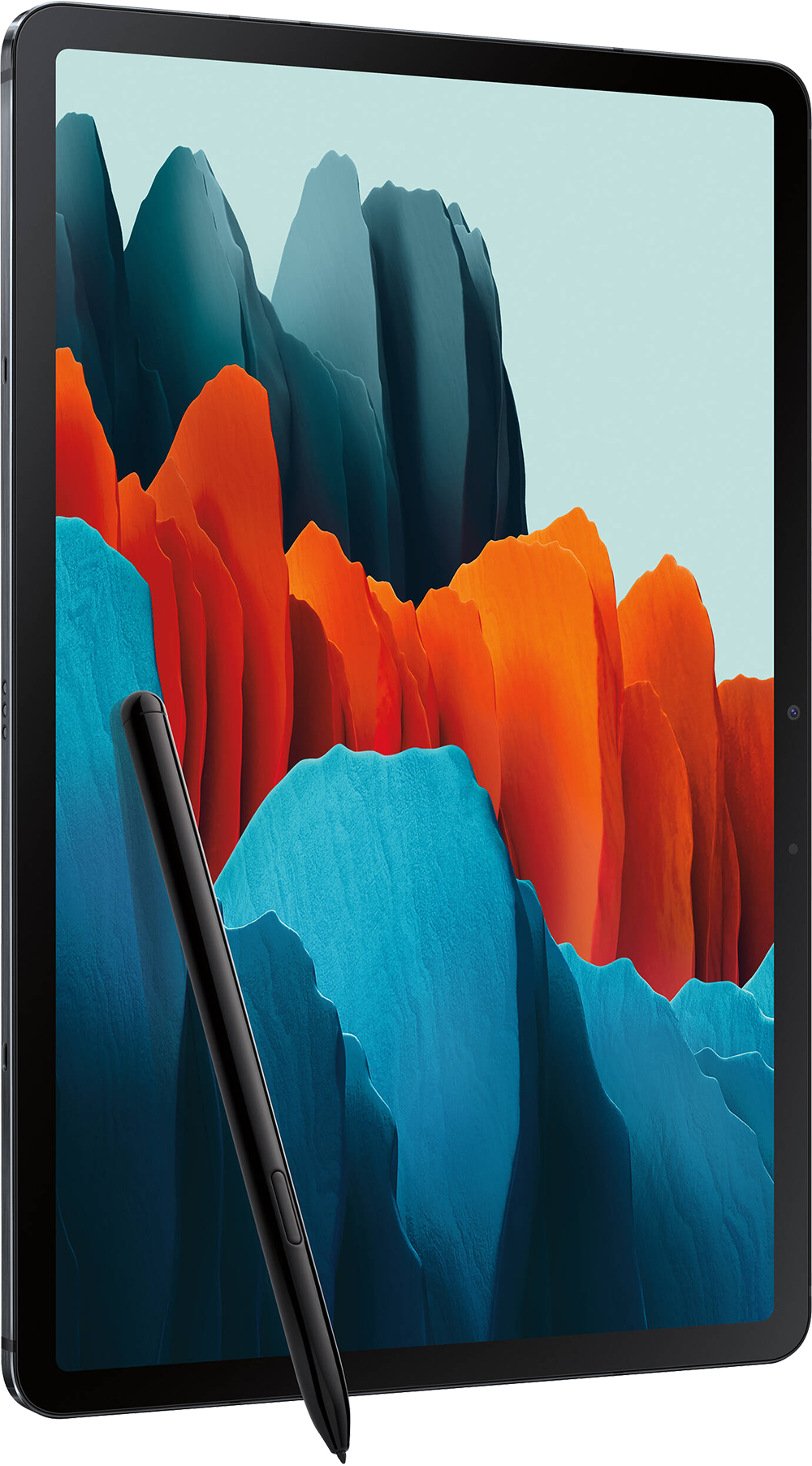
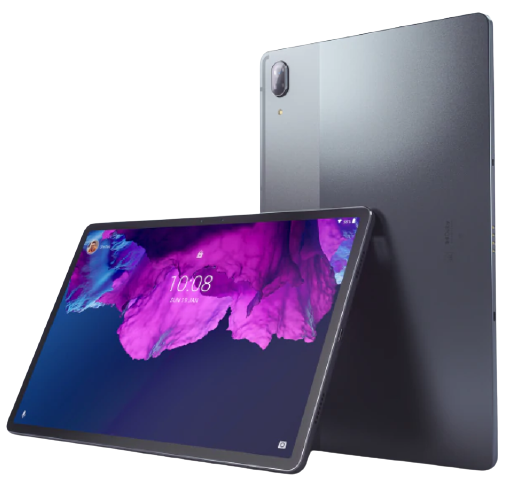
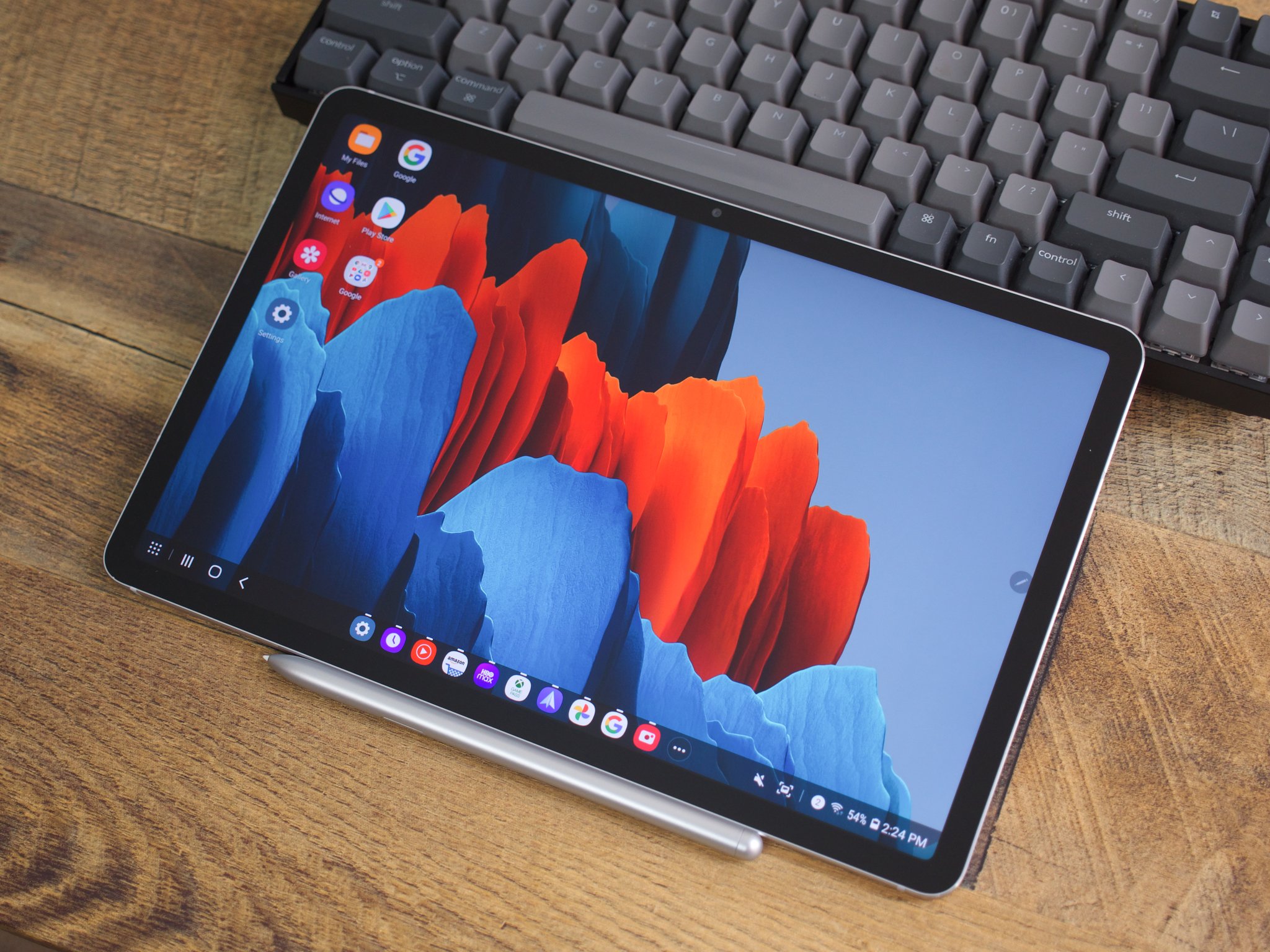
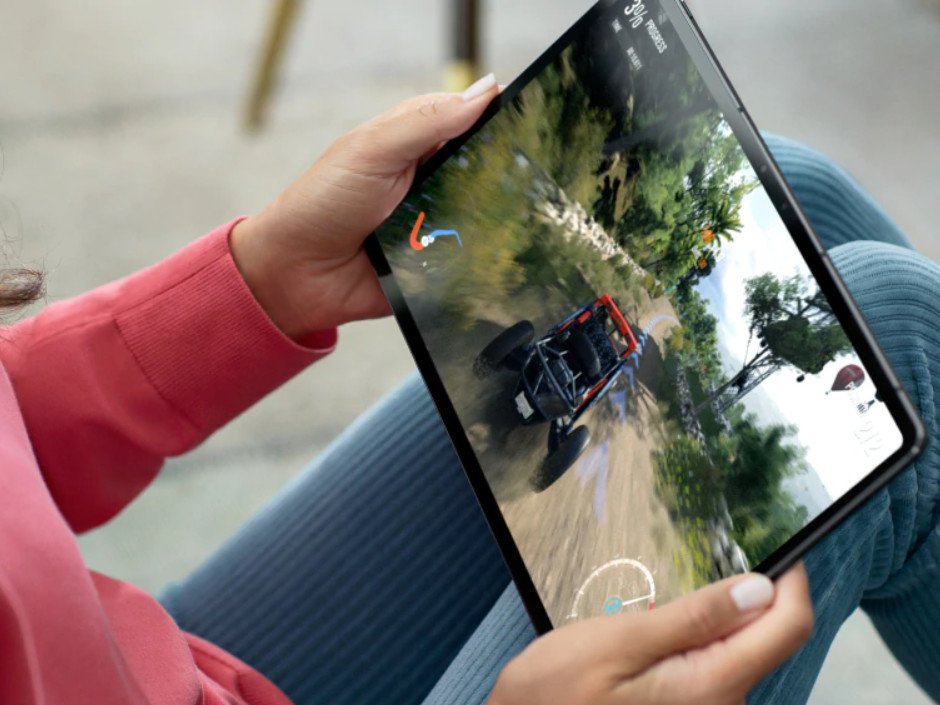
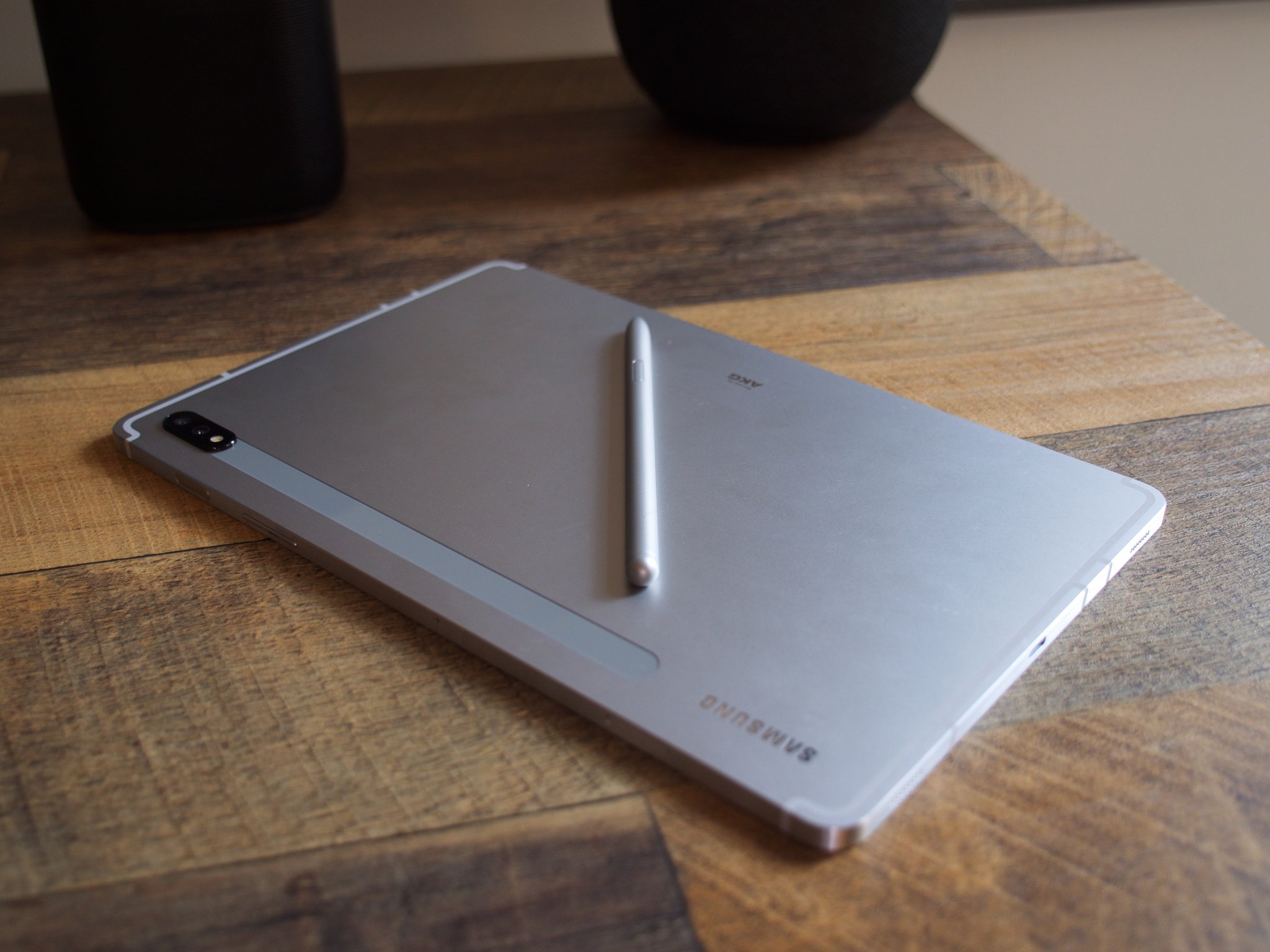
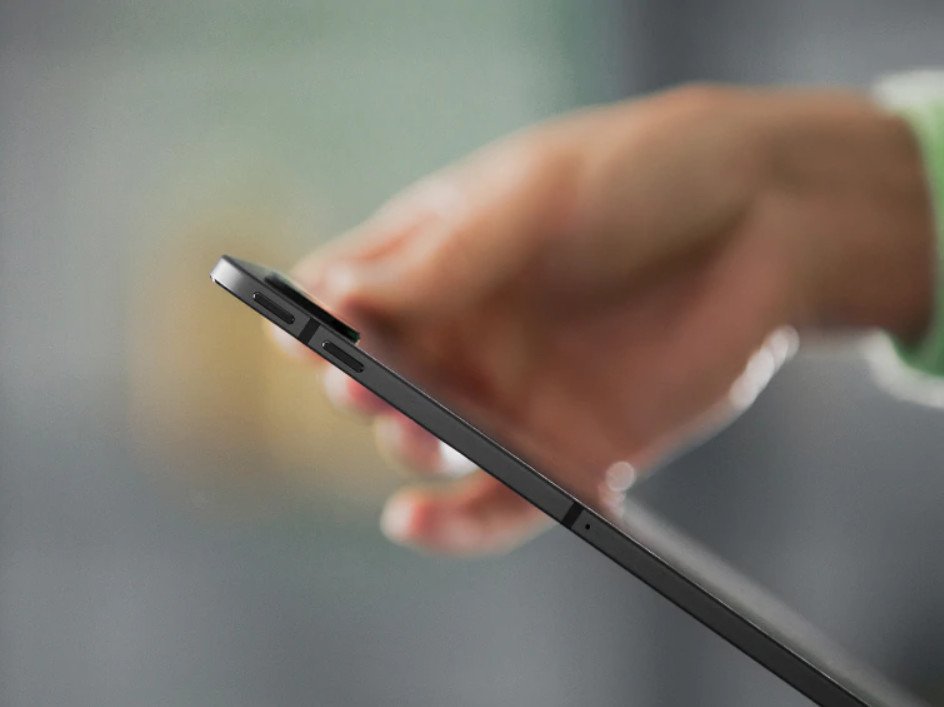
0 Response to "You Can See More: Can the Lenovo Tab P11 Pro take the crown from the Samsung Galaxy Tab S7"
Post a Comment